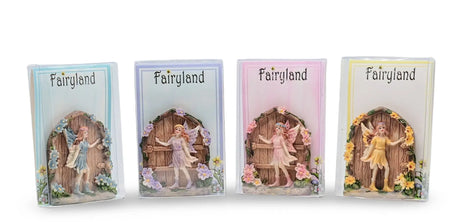
The triquetra is a symbol that holds deep meaning and significance in various cultures and belief systems. Also known as the Trinity Knot, it is characterized by three interlocking loops that create a continuous shape. While its origins are debated, the triquetra has been found in ancient Celtic art and is commonly associated with Celtic and Norse mythology.
In Celtic culture, the triquetra represents the concept of the Trinity, which encompasses the threefold nature of existence. It symbolizes the interconnectedness of the three realms: the physical, the mental, and the spiritual. The three loops are often interpreted as representing the three Celtic goddesses: Brigid, the goddess of healing and poetry; Morrigan, the goddess of war and sovereignty; and Danu, the mother goddess.
In Norse mythology, the triquetra is associated with the Valknut, a symbol associated with the god Odin. It is believed to represent Odin's power over life and death, as well as his ability to transcend the physical world.
Across different belief systems, the triquetra is often associated with concepts such as unity, balance, and eternity. Its three interlocking loops are seen as a representation of the interconnectedness of mind, body, and spirit. It is also seen as a symbol of protection and spiritual growth.
Today, the triquetra is widely recognized as a symbol of Celtic heritage and spirituality. It is often used in jewelry, artwork, and tattoos as a way to connect with Celtic and Norse traditions and to express personal beliefs and values.
Whether you are drawn to the triquetra for its historical significance, its spiritual symbolism, or simply its aesthetic appeal, it serves as a powerful reminder of the interconnected nature of all things and the importance of finding balance and harmony in our lives.











